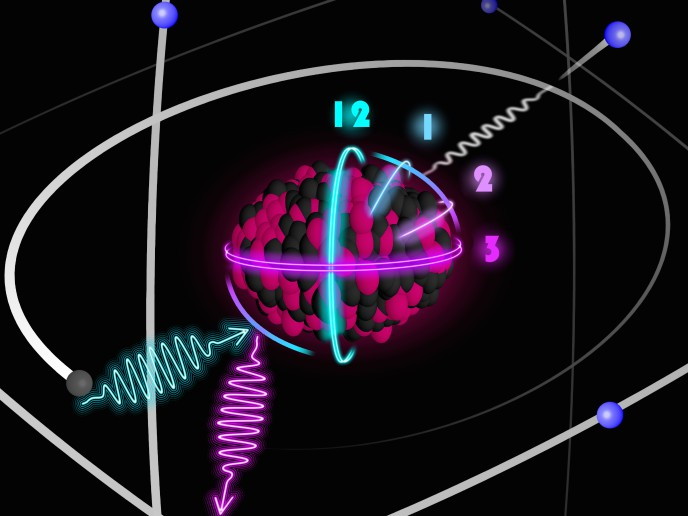Pushing frontiers in quantum control of light and matter for practical applications
Quantum mechanical systems exhibit many unique characteristics that are not observed in classical mechanical systems. Over the past years, systematic methods have emerged for manipulating and interrogating such microscopic systems with applications ranging from spintronics to quantum computers and onto biological applications. However, while controlling small quantum systems has been explored extensively, control of large quantum systems is still very challenging. Scientists working on the EU-funded project QUANTUM CONTROL (Tailoring decoherence for controlling spin systems: Deepening foundations; expanding applications) used a nuclear spin-based quantum simulator to study the spread of information in relatively large systems. Large quantum systems were addressed by combining quantum simulations with nuclear magnetic resonance (NMR) experiments. Specifically, the scientists investigated the propagation of information in solid-state systems with dipolar interactions. They showed how perturbations to the dipolar couplings limited the spreading and in order to controllably create large quantum states, one needs to reduce the strength of any perturbation below a given threshold. Only below this threshold is the observed quantum system free to expand in space. The next step was to develop methods for polarising nuclear spins from free electrons in bulk. These innovative approaches targeting diamonds with nitrogen-vacancy centres are compatible with a broad range of magnetic field strengths and orientations. Efficient spin alignment transfer boosts the signal emitted by atomic nuclei opening new ways for the use of diamond powders in NMR-based analyses. Spin-echo sequences also attracted the attention of the scientists as a valuable tool to couple and decouple effects imposed by random environmental disturbances. This concept can be exploited as a diagnostic tool to derive information from confined systems. Spins are used as quantum probes, whose dynamics can be characterised by diffusion processes. The QUANTUM CONTROL team developed a series of methods to estimate parameters of physical, chemical and biological processes accurately. Spin-echo sequences allow determining these parameters with the lowest possible number of measurements. More importantly, high accuracy can be achieved by optimising the quantum control over these spin-probes. Combined with the spatial imaging ability of standard Magnetic Resonance Imaging, the results are a completely new way to measure microscopic structural architectures at extremely high resolution. Project results have been described in detail in numerous publications in renowned peer-reviewed journals. Applications of the new methods are expected to be found in material sciences and biology to extract information non-invasively from confined systems as in capillaries, pores and cells. In addition, they may find applicability in the preparation of nuclear spin states for quantum memories and be useful to image living tissue by observing polarized nano-diamonds. Nano-diamonds can be safely injected and then eliminated by living animals, or alternatively, they can be put in contact with other liquid solutions to transfer the polarization from the diamonds to the solution.







